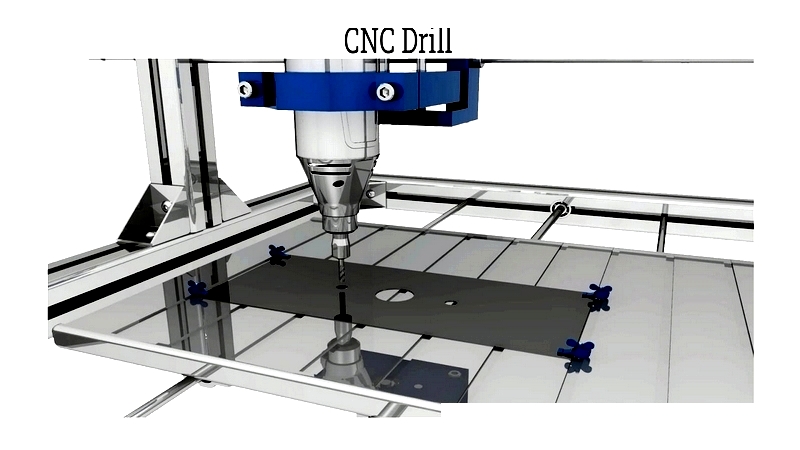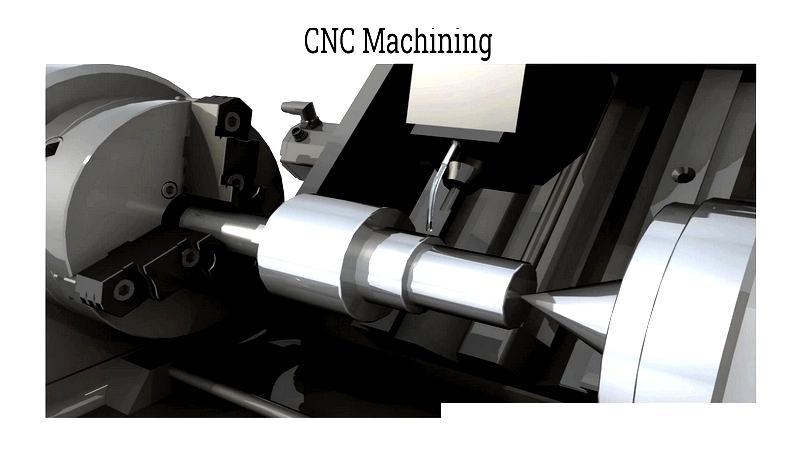Introduction
This article provides an in-depth exploration of the M-Code plain text language.
You will learn about topics including:
- The types of commands programmed into CNC machines
- Fanuc M-Code List (Lathe)
- Fanuc M-Code List (Mill)
- CNC Machining basics
- The CNC machining process

Computer numerical control (CNC) plays a vital role in modern manufacturing. Most machines operate using instructions downloaded through a CNC program controller. For machines to interpret CNC commands, these must be entered using G and M codes. CNC operators must understand these codes and know how to apply them. Both coding types are essential for proper CNC system operation.

M-code forms part of the language that AutoCAD and CAM (computer-aided manufacturing) use to program CNC machines. G-codes and M-codes work together to position workpieces and guide machine actions. M-codes (miscellaneous or machine codes) control equipment operations, determining when to start or stop. While G-codes direct machine movements, M-codes handle additional functions like tool changes, coolant activation, and operation control.
M-code usage varies by machine. During programming, each code block requires one M-code to control tool activation or other operations. Multiple M-codes in a single block may cause issues. Machine manufacturers clearly define M-code functions and applications.
Operators use M-codes for tool changes, spindle activation, coolant loading, and door operations. Proper machine operation requires knowledge of essential M-codes. Different machines have varying M-code input methods - some controllers require a zero between the M and number, while others don't. Manufacturers provide specific instructions for each machine's requirements.




